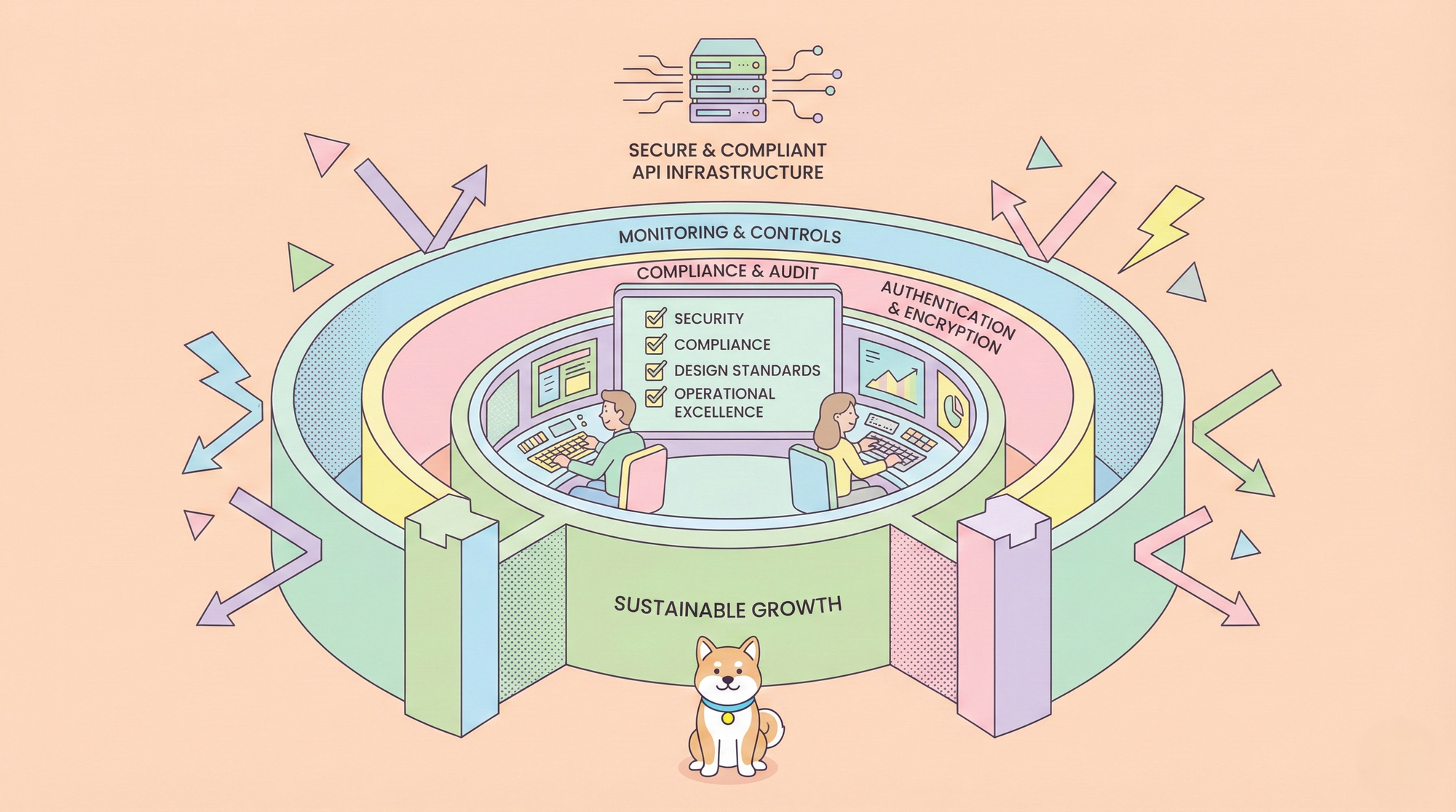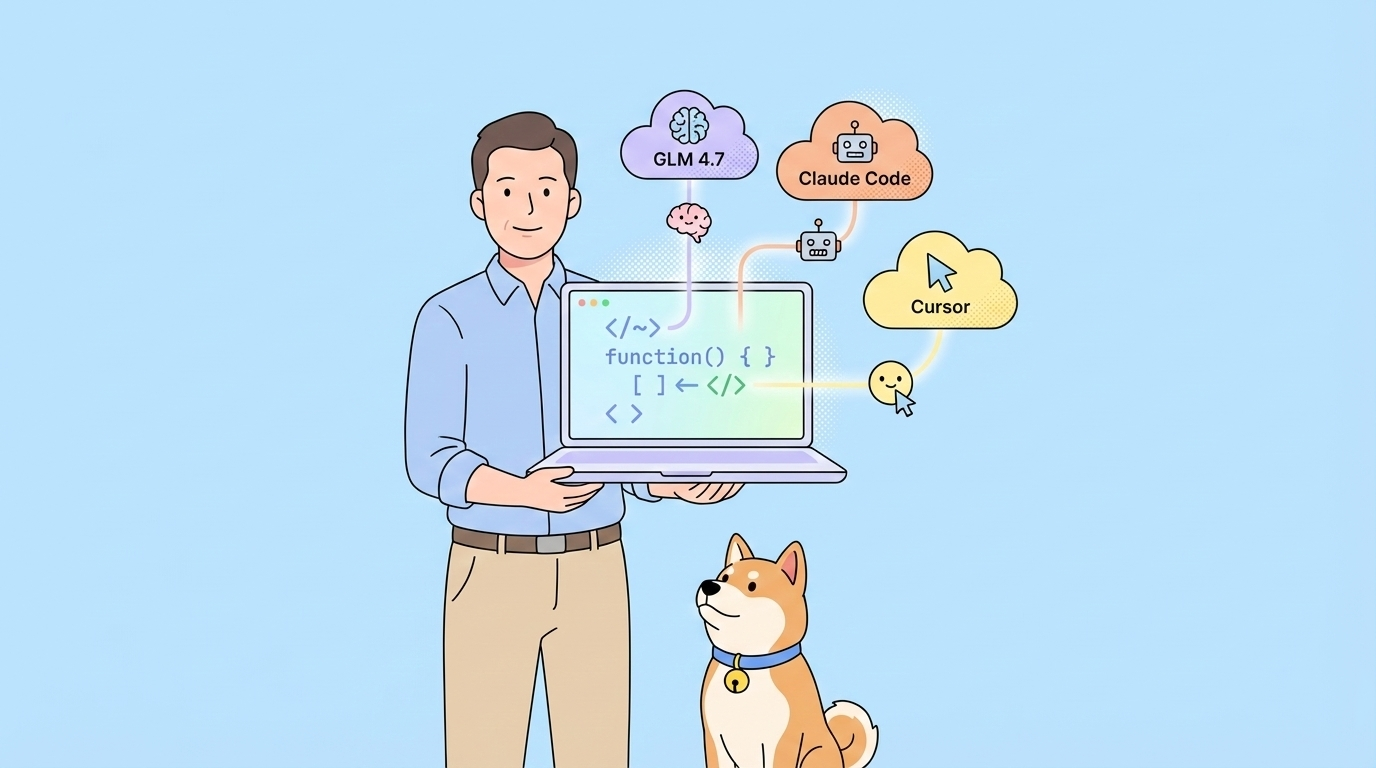NVIDIA, a titan in accelerated computing, has released its OpenCodeReasoning-Nemotron family of large language models (LLMs), open-sourcing a powerful new suite of tools for developers and researchers. Available in 32B, 14B, and 7B parameter sizes, and including a specialized IOI (Input/Output Interacting) variant, these models are licensed under the permissive Apache 2.0 license, paving the way for widespread commercial and non-commercial innovation. This move signals a significant commitment from NVIDIA to democratize access to cutting-edge AI for code understanding, generation, and reasoning.

The OpenCodeReasoning-Nemotron models are not just another entry into the crowded LLM space; they arrive with impressive credentials, particularly in complex reasoning tasks crucial for high-quality code generation. The flagship OpenCodeReasoning-Nemotron-32B model, for instance, is already turning heads with performance benchmarks that place it nearly on par with formidable models like DeepSeek-R1. More impressively, it demonstrably beats O3 mini & O1 (low) on LiveCodeBench, a challenging benchmark that tests a model's ability to solve competitive programming problems.
This exceptional performance is largely attributed to the meticulously curated OpenCodeReasoning (OCR) dataset that underpins their training. This dataset, rich with competitive programming questions and AI-generated responses, imbues the models with sophisticated reasoning capabilities. A standout feature is their remarkable token efficiency: the OpenCodeReasoning models are reportedly 30% more token-efficient than other equivalent reasoning models. In practical terms, this translates to faster processing, reduced computational overhead, and the ability to handle more complex problems within a given context window.
Adding to their appeal is broad compatibility. Developers can integrate these models into their workflows using popular tools and libraries such as llama.cpp, vLLM, Hugging Face Transformers, and Text Generation Inference (TGI), ensuring a smooth adoption curve.
This article will delve into the specifics of the OpenCodeReasoning-Nemotron models, explore their performance, discuss the innovative OCR dataset, and provide a practical guide on how to run them, with a special focus on leveraging the high-performance vLLM inference engine.
Want an integrated, All-in-One platform for your Developer Team to work together with maximum productivity?
Apidog delivers all your demands, and replaces Postman at a much more affordable price!
OpenCodeReasoning-Nemotron-32B: Better than DeepSeek R1?
The true measure of an LLM lies in its performance on standardized benchmarks and its ability to tackle real-world tasks. NVIDIA's OpenCodeReasoning-Nemotron models, particularly the 32B variant, have showcased compelling results.
As per the information released by NVIDIA, the OpenCodeReasoning-Nemotron-32B model, a derivative of Qwen2.5-32B-Instruct, achieves impressive scores across various benchmarks. The results, averaged over 64 evaluations, highlight its strengths:
| Model | LiveCodeBench Avg. | CodeContest All |
|---|---|---|
| DeepSeek-R1 | 65.6 | 26.2 |
| QwQ-32B | 61.3 | 20.2 |
| OCR-Qwen-32B | 61.8 | 24.6 |
| OCR-Qwen-32B-Instruct | 61.7 | 24.4 |
These figures are significant. The OCR-Qwen-32B-Instruct (which OpenCodeReasoning-Nemotron-32B is based on) scores remarkably close to DeepSeek-R1 on the LiveCodeBench average and CodeContest All. The claim that it "beats O3 mini & O1 (low) on LiveCodeBench" underscores its advanced capabilities in solving complex coding challenges that require deep reasoning and understanding of algorithmic problems.
The 14B variant, OpenCodeReasoning-Nemotron-14B (derived from Qwen2.5-14B-Instruct [2]), also presents strong performance within its class:
| Model | LiveCodeBench Avg. | CodeContest All |
|---|---|---|
| OCR-Qwen-14B | 57.7 | 22.6 |
| OCR-Qwen-14B-Instruct | 59.4 | 23.6 |
(Source: Hugging Face model card for nvidia/OpenCodeReasoning-Nemotron-14B [2])
These results demonstrate a consistent high level of performance across the model family, making them suitable for a wide range of applications, from assisting individual developers with daily coding tasks to powering sophisticated AI-driven software development tools. The 32K token context length supported by these models further enhances their utility, allowing them to process and understand larger and more complex codebases or problem descriptions.
The Engine Behind the Excellence: The OpenCodeReasoning (OCR) Dataset
A model is only as good as the data it's trained on. The remarkable reasoning abilities of the OpenCodeReasoning-Nemotron models stem from the specialized OpenCodeReasoning dataset [1, 2]. This dataset is not just a random collection of code; it's a carefully constructed corpus composed of:
- Competitive Programming Questions: These are problems that demand intricate logical reasoning, algorithmic thinking, and optimal solution design – far beyond simple code completion tasks.
- DeepSeek-R1 Generated Responses: Leveraging a powerful existing model to generate initial solutions or reasoning paths provides a high-quality foundation for further training and refinement.
The training corpus comprises approximately 736,000 samples from this dataset. The data collection and labeling methods are described as a "Hybrid: Automated, Human, Synthetic" approach, indicating a sophisticated pipeline designed to ensure data quality, diversity, and relevance for training advanced code reasoning models.
The key impact of this dataset is the 30% greater token efficiency compared to other reasoning models of similar size. This efficiency is crucial:
- Reduced Computational Cost: Fewer tokens mean less processing power is needed for both inference and further fine-tuning.
- Faster Response Times: More efficient token usage can lead to quicker generation of code and explanations.
- Handling Larger Problems: Within the same token limit (e.g., the 32,768 context window of these models), more meaningful information and more complex reasoning steps can be encoded and processed.
This enhanced efficiency, combined with strong reasoning capabilities, makes the OpenCodeReasoning-Nemotron models particularly well-suited for tasks like automated bug fixing, complex code generation from natural language specifications, algorithm optimization, and generating detailed explanations for code.
Technical Architecture: A Glimpse Under the Hood
The OpenCodeReasoning-Nemotron models are built upon a robust and proven architecture:
- Architecture Type: They are dense decoder-only Transformer models. This architecture is standard for many leading LLMs and is known for its effectiveness in generative tasks.
- Base Models:
OpenCodeReasoning-Nemotron-32Bis a derivative of Qwen2.5-32B-Instruct.OpenCodeReasoning-Nemotron-14Bis a derivative of Qwen2.5-14B-Instruct.- The 7B model presumably follows a similar pattern with a Qwen2.5-7B-Instruct base.
- Parameters: The models have 32 billion, 14 billion, and 7 billion parameters, respectively, offering a range of options to balance performance with computational resources.
- Context Length: All models support a generous context length of up to 32,768 tokens for both input and output. This allows them to work with substantial amounts of code or detailed problem descriptions.
- Input/Output:
- Input Type(s): Text
- Input Format(s): String
- Output Type(s): Text
- Output Format: String
- Software Integration: NVIDIA indicates a runtime engine of NeMo 2.3.0 and recommends NVIDIA Ampere and Hopper microarchitectures for optimal performance.
This solid architectural foundation, combined with the specialized training data, results in models that are both powerful and optimized for reasoning-intensive code-related tasks.
Running OpenCodeReasoning-Nemotron with vLLM: A Practical Guide
One of the most exciting aspects of the OpenCodeReasoning-Nemotron release is its compatibility with vLLM. vLLM is a high-throughput and memory-efficient LLM serving engine that can significantly accelerate inference. Its PagedAttention mechanism and other optimizations make it an excellent choice for deploying LLMs in production or for demanding research workloads.
The Hugging Face model card for OpenCodeReasoning-Nemotron-32B explicitly mentions "Engine: vLLM" under the Inference section, signaling strong support and likely optimization for this serving engine.
Here’s a conceptual guide on how you might run an OpenCodeReasoning-Nemotron model (e.g., the 32B variant) using vLLM:
1. Prerequisites:
Python Environment: Ensure you have a Python environment (e.g., Python 3.8+).
NVIDIA Drivers & CUDA: You'll need appropriate NVIDIA drivers and a compatible CUDA toolkit version installed for GPU acceleration.
Install vLLM: Install vLLM, preferably with CUDA support. For specific CUDA versions or advanced installation options, refer to the official vLLM documentation.
pip install vllm
Install Transformers: The Hugging Face Transformers library is also essential.
pip install transformers torch
2. Python Script for Inference with vLLM:
Running inference with vLLM involves setting up your environment, preparing your prompt according to the model's expected format, and then using the vLLM engine for generation. The OpenCodeReasoning-Nemotron models, being derivatives of Qwen2.5-Instruct, require specific prompt formatting which is best handled by using their associated Hugging Face tokenizer.
First, ensure you have the necessary libraries installed. You'll need Python, appropriate NVIDIA drivers and CUDA if using GPUs, and the following Python packages:
pip install "vllm>=0.4.0" transformers torch accelerate bitsandbytes
vllm: The core inference engine.transformers: For loading the tokenizer and model configuration from Hugging Face.torch: The PyTorch library.accelerate: Often a helpful utility for Hugging Face model handling.bitsandbytes: May be required for certain quantization or dtype options if you explore them later, though not strictly for thebfloat16example below.
The following script demonstrates how to load the nvidia/OpenCodeReasoning-Nemotron-32B model and generate text using vLLM. It crucially uses the model's tokenizer to apply the correct chat template, ensuring the prompt is formatted as the model expects.
Prompt Formatting is Key: The most critical step for instruct-tuned models is correct prompt formatting. Using tokenizer.apply_chat_template(..., add_generation_prompt=True) as shown above is the most reliable method. This ensures that all special tokens and role indicators (e.g., <|im_start|>user, <|im_start|>assistant, <|im_end|>) are correctly placed, which the model expects for coherent output.
trust_remote_code=True: The Qwen family of models (which Nemotron is based on) often requires custom code execution when loaded via Hugging Face Transformers (which vLLM uses internally for model loading). Therefore,trust_remote_code=Trueis typically necessary for bothAutoTokenizaer.from_pretrained()andLLM(). Only use this flag if you trust the source of the model (NVIDIA's official Hugging Face repository in this case).- GPU Memory Requirements: The 32B parameter model is substantial and demands significant GPU VRAM (e.g., an NVIDIA H100/A100 80GB GPU is ideal).
- Using
dtype="bfloat16"(for NVIDIA Ampere architecture and newer) ordtype="float16"can help manage memory compared tofloat32, while often improving performance. TheOpenCodeReasoning-Nemotron-32Bmodel card mentionstorch_dtype: torch.bfloat16in its Transformers pipeline example. - If you encounter out-of-memory errors, consider using a smaller model variant (14B or 7B), or explore quantization options supported by vLLM if available for this model.
dtypeSpecification: When initializingLLM(), settingdtype="auto"allows vLLM to pick an appropriate data type. However, explicitly settingdtype="bfloat16"ordtype="float16"can give more control and is often recommended. Match this with the model's native precision or recommended inference precision for best results.- Tensor Parallelism: For deploying very large models across multiple GPUs, vLLM supports tensor parallelism. You can configure this with the
tensor_parallel_sizeargument inLLM(). For a single GPU, the default (tensor_parallel_size=1) is appropriate. - Model Downloading: The first time you run the script, vLLM (via Hugging Face libraries) will download the model weights and tokenizer files from the Hugging Face Hub. This can be a large download (many gigabytes for the 32B model) and may take a considerable amount of time depending on your internet connection. Subsequent runs will use the cached files.
add_generation_prompt=True: When usingtokenizer.apply_chat_templatefor inference, settingadd_generation_prompt=Trueis essential. It ensures that the template appends the sequence of tokens that signals to the model it's now its turn to generate a response (e.g., for Qwen2, it adds<|im_start|>assistant\\\\n). Without this, the model might not generate a response correctly or at all.- Sampling Parameters: Adjust
temperature,top_p, andmax_tokensinSamplingParamsto control the output's creativity, diversity, and length. For code generation, a lower temperature (e.g., 0.0 to 0.4) is often preferred for more deterministic and factual outputs. Thestopparameter can be used to specify sequences that, if generated, will cause generation to halt (e.g., the end-of-turn token<|im_end|>).
Conclusion: NVIDIA Empowers a New Era of AI in Coding
NVIDIA's OpenCodeReasoning-Nemotron models represent a significant leap forward, delivering powerful AI for code generation and reasoning. Their strong performance, fueled by the specialized OpenCodeReasoning dataset and impressive token efficiency, equips developers and researchers with cutting-edge tools.
The Apache 2.0 open-source license is a game-changer, democratizing access to these advanced models for both commercial and academic pursuits. Easy integration with tools like vLLM ensures rapid adoption.
Ultimately, OpenCodeReasoning-Nemotron is set to accelerate software development, boost productivity, and fuel innovation in AI-assisted coding, marking a new, more collaborative chapter in the field.
Want an integrated, All-in-One platform for your Developer Team to work together with maximum productivity?
Apidog delivers all your demands, and replaces Postman at a much more affordable price!



